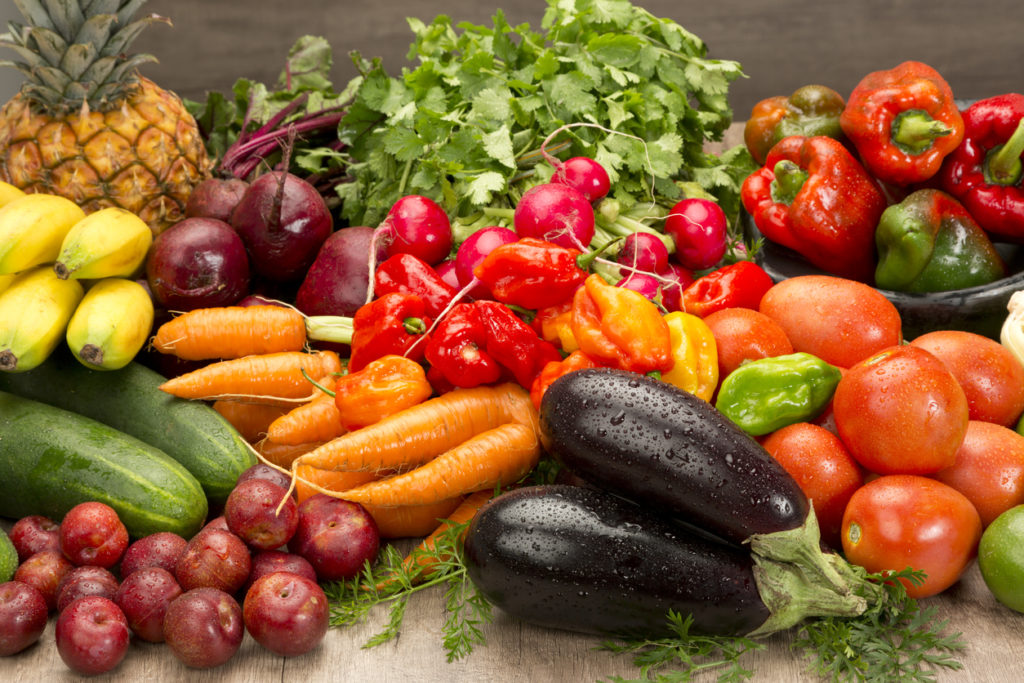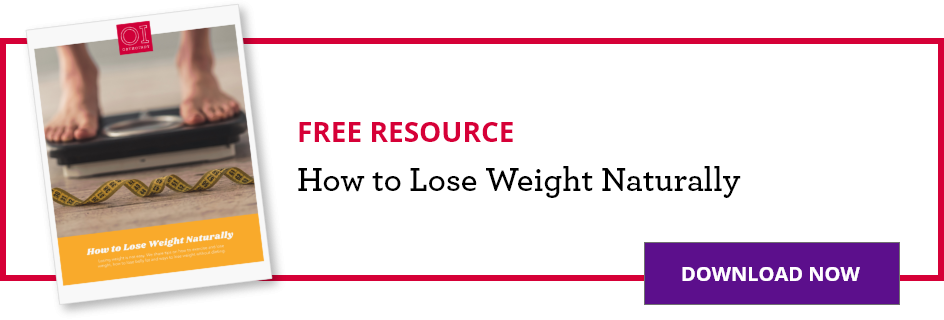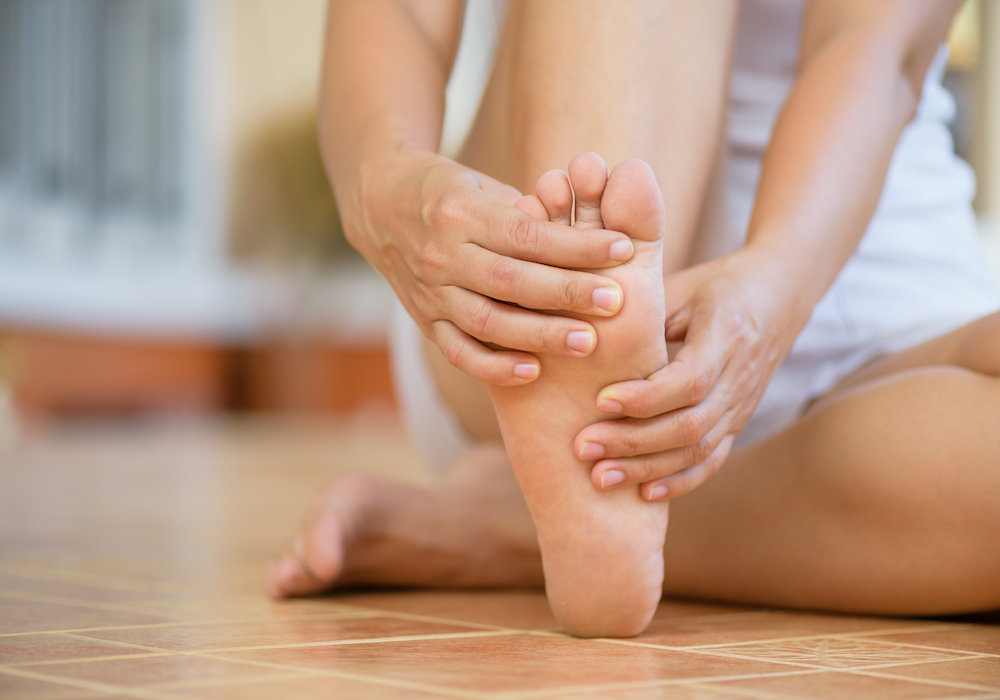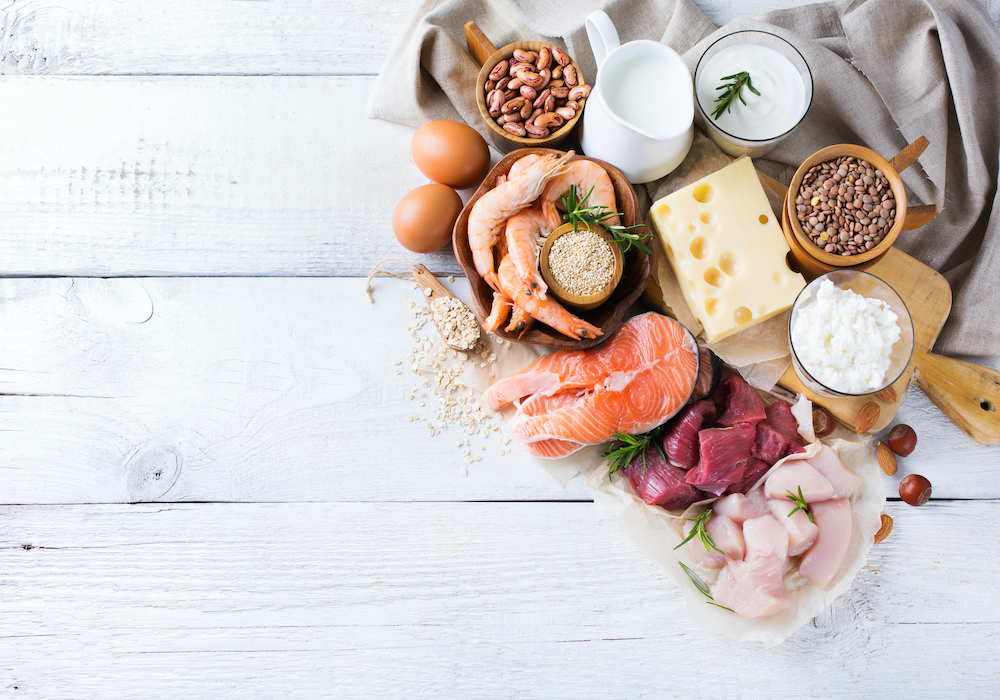This post is part of the Ultimate Guide to a Healthy Lifestyle
Lately, everywhere you go you hear that you should be eating more fiber, but do you know what fiber actually is? It is plant material found in fruits, vegetables and whole grains that your body cannot digest. You may also hear it referred to as roughage.
One of the most well known benefits of fiber is that it helps regulate your bowel movements. Fiber is especially great for those suffering with constipation, a frequent side effect of many different medications. There are also some initial studies that suggest high-fiber diets may help with reducing the risk for cardiovascular disease, weight loss efforts, diabetes control or prevention, and cancer.
How much fiber should you eat per day?
Many people believe that the usual 25 grams per day recommendation is for everyone. However, this recommendation is only true for women age 50 and under. Men age 50 and under are recommended to take in 38 grams of fiber per day. For those over 50, women should aim for 21 grams and men should aim for 30 grams. Children over the age of one should consume 19 grams of fiber, working their way up to the 25 and 38 grams recommended for their gender as they age.
The average American does not come close to the recommended amount of fiber, consuming only 14 grams per day. Good news is that we have improved in recent years, but still not enough to meet these recommendations. To find out if a food is a good source of fiber, check the nutrition facts label. If the number for one serving is 3 grams of dietary fiber it is considered a good source. If the number is 5 grams of dietary fiber, even better.
Insoluble vs. soluble fiber
There are two different types of fiber: soluble and insoluble. Soluble fiber has been shown in some studies to lower blood sugar and cholesterol. It is found in oat bran, beans, peas and most fruits you come across.
Soluble fiber works best with fluid, when it comes into contact it forms a gel. Soluble fiber also likes to grab onto excess cholesterol. This mixture then passes through the digestive system and is excreted. Less cholesterol in your body equals lowered cholesterol.
Insoluble fiber has been shown to treat and prevent constipation and diverticular disease. This is found in wheat bran and some veget-ables. Insoluble fiber does not form a gel and passes relatively unchanged through the digestive system.
What foods are high in fiber?
Fiber is also being studied for its role in helping to keep the colon healthy. While some people will just reach for the Metamucil, it is recommended that your fiber comes from natural sources. These include whole grains, fruits and vegetables. Unlike Metamucil, these food sources are packed with vitamins and minerals to help you stay healthy.
A lot of people tend to choose low-fiber foods such as white bread or rice which are lower in fiber than whole grain bread or brown rice. Swapping at least one of your normal enriched, refined grains for a whole grain can help you boost your fiber intake each day.
How much fiber do you need a day to lose weight?
While there are many diets for weight loss, many of them are missing out on important nutrients, like fiber. The main goal of a diet is to provide people with the feeling of being full while lowering calorie intake. Fiber provides bulk, which helps you feel fuller longer.
One thing to keep in mind is the composition of your food intake when aiming for weight management. While some of these low-carbohydrate diets utilize a variety approach that includes vegetables and some grains such as quinoa and oats, others rely heavily on protein to make up the rest.
Studies have shown that intake of red and processed meats can raise risk of cancer, especially colorectal and the risk of diverticular diseases. If you choose to follow a low carbohydrate/high protein diet still aim to take in some good sources of fiber including quinoa, oats, legumes and other vegetables.
Fiber quick tips
Are you convinced you should have more fiber? Here are some helpful hints:
1. Gradually increase your fiber intake. This helps your body get used to the change rather than immediately adding an extra 10 grams a day. Gradually increase your fiber – you are less likely to experience abdominal discomfort.
2. Increase your fluid intake. If your goal is to prevent constipation you have to have enough fluids or fiber cannot do its job. It’s like trying to go down a water slide that has no water, you are barely inching along.
3. Keep visible reminders. Place fruit in a bowl on your counter so you see it frequently. Keep refrigerated fruits and vegetables at eye level so you don’t forget them in the crisper. Place oatmeal and air-popped popcorn at eye level in your snack cupboard.
4. Keep skins on for fruits and vegetables. Some of the best sources of fiber come from the skin of fruits and veggies.
5. Choose one place each day where you can add in a good source of fiber. Stir in extra vegetables with your pasta dish, add fruits and seeds into your yogurt or swap out your normal chips for carrots and hummus at lunch. There are many opportunities to increase your fiber throughout the day.
6. Choose plant protein foods more often. Beans, peas, lentils, tofu, nuts and seeds are all great sources of fiber. They are also lower in saturated fat compared with animal products.
Schedule an appointment
Your well-being is important to us. Click the button below or call us to schedule an appointment with one of our orthopedic specialists. If your injury or condition is recent, you can walk right into one of our OrthoIndy Urgent Care locations for immediate care. For rehabilitation and physical therapy, no referral is needed to see one of our physical therapists.






